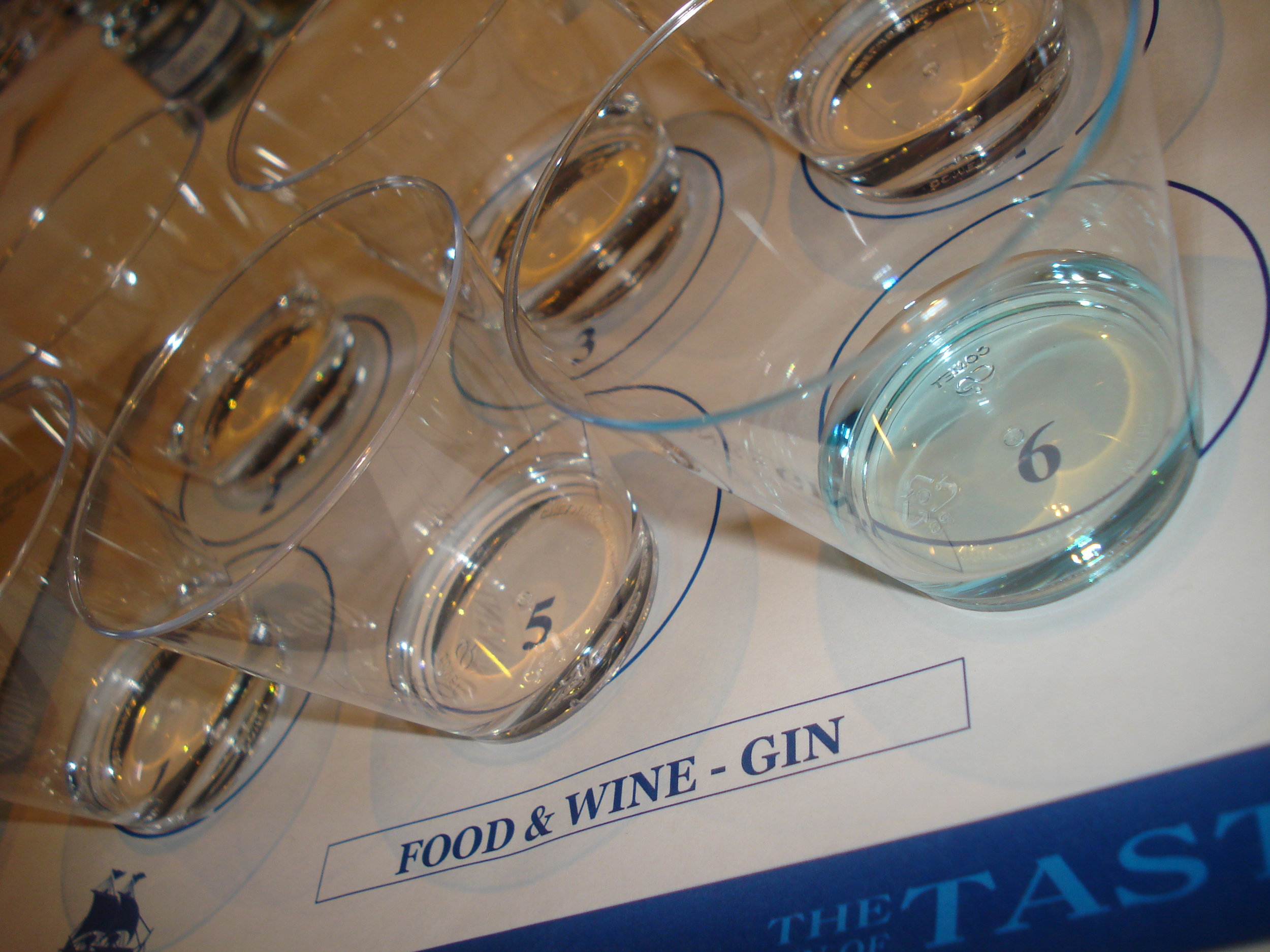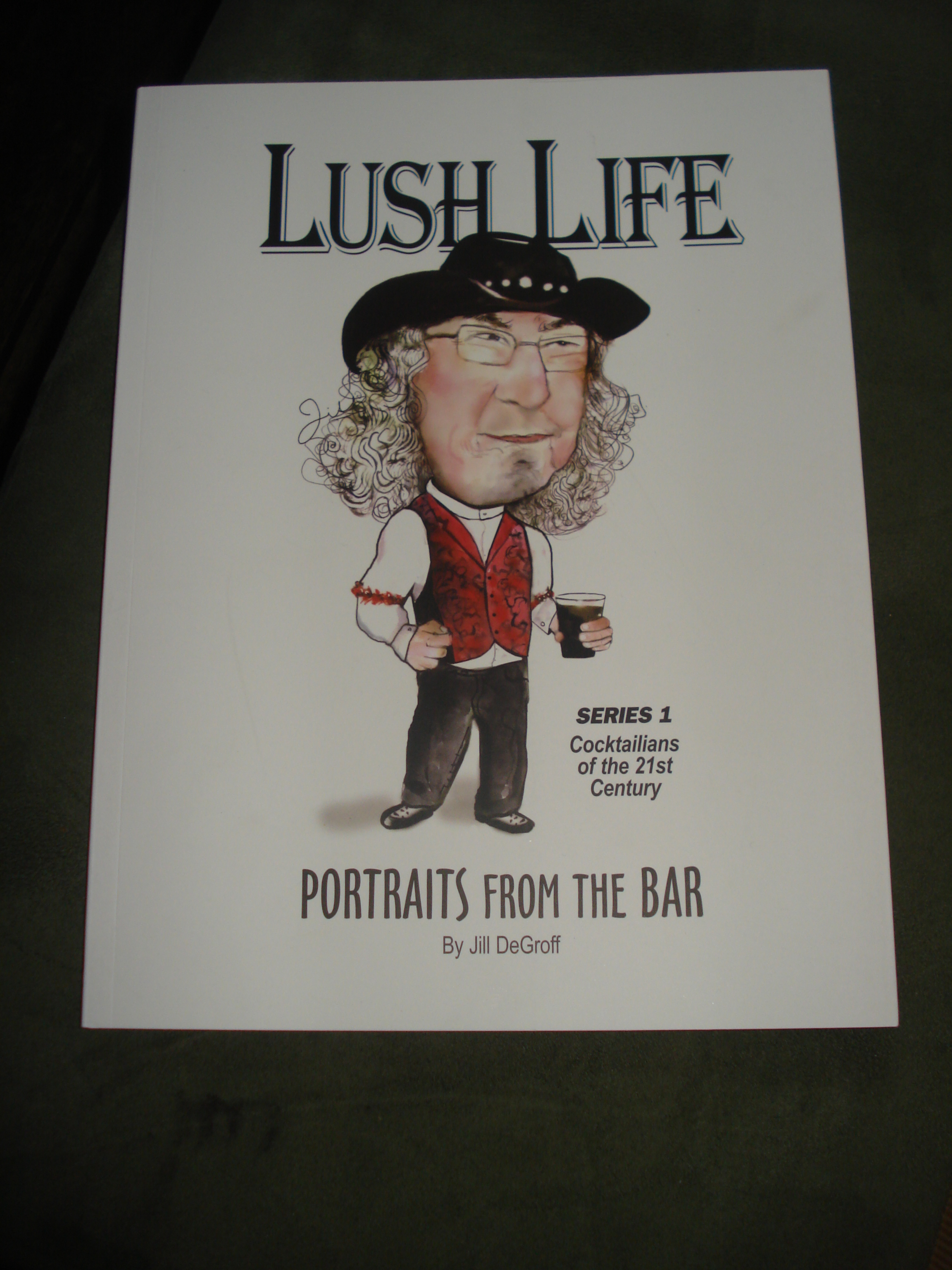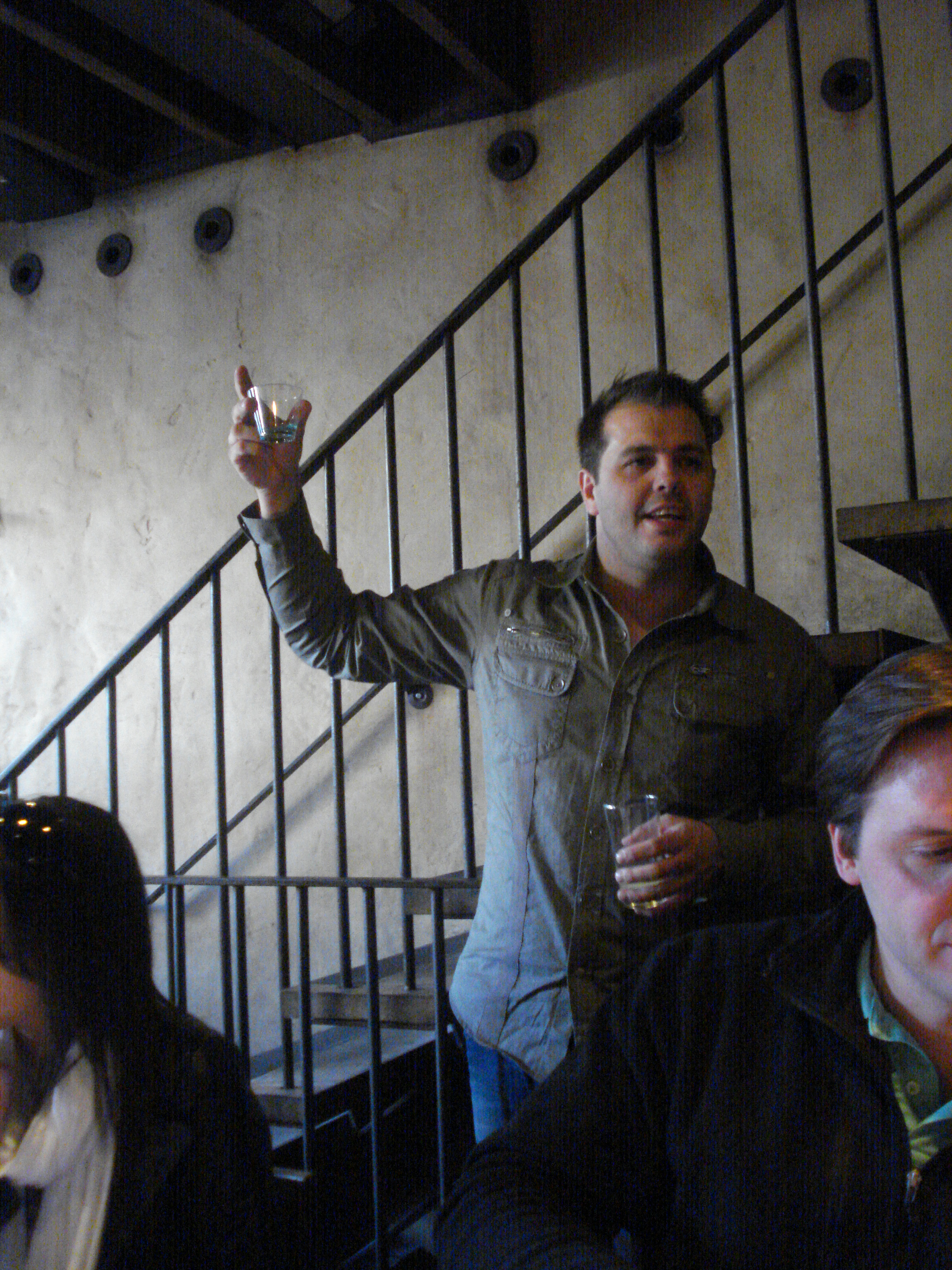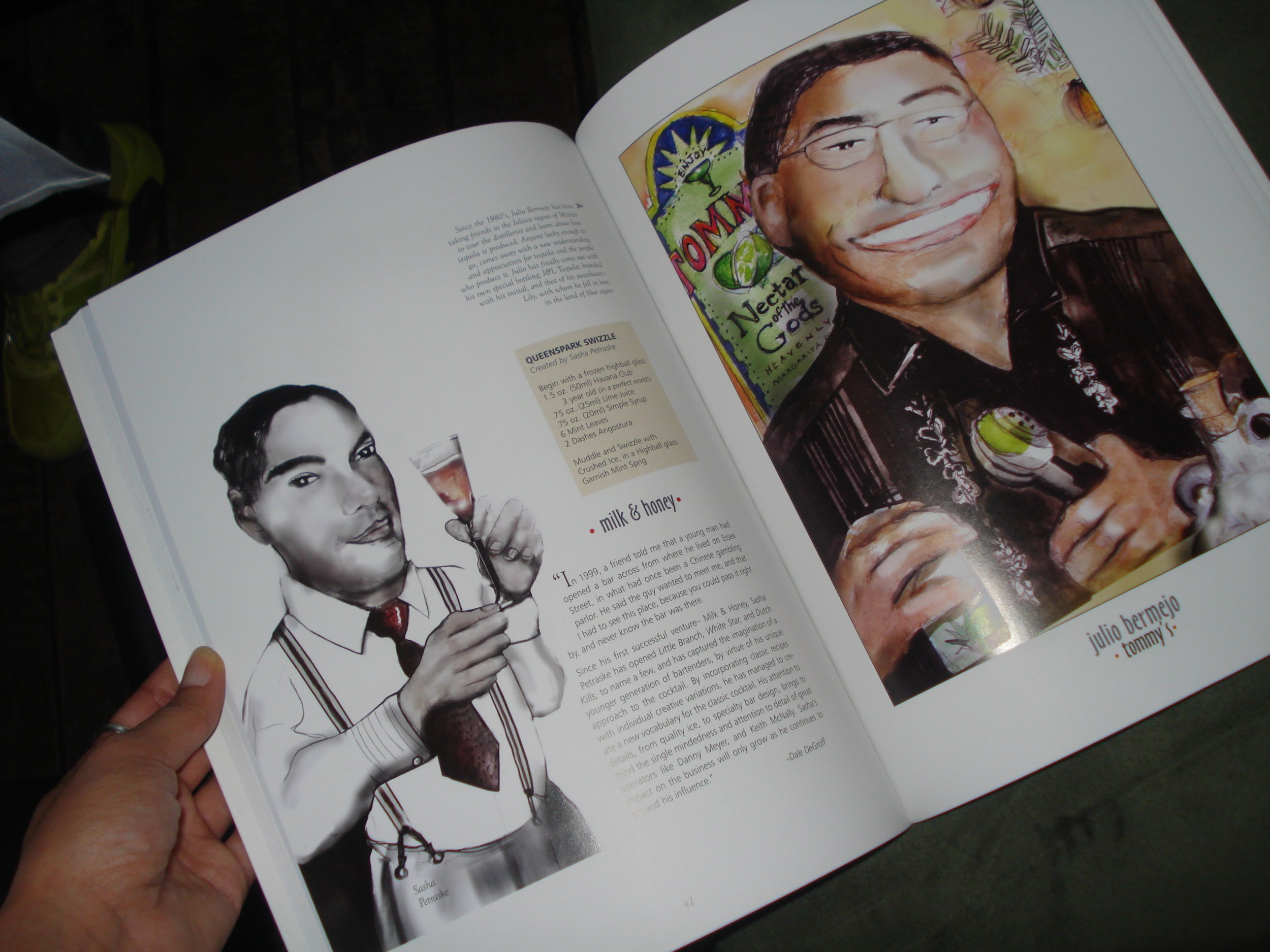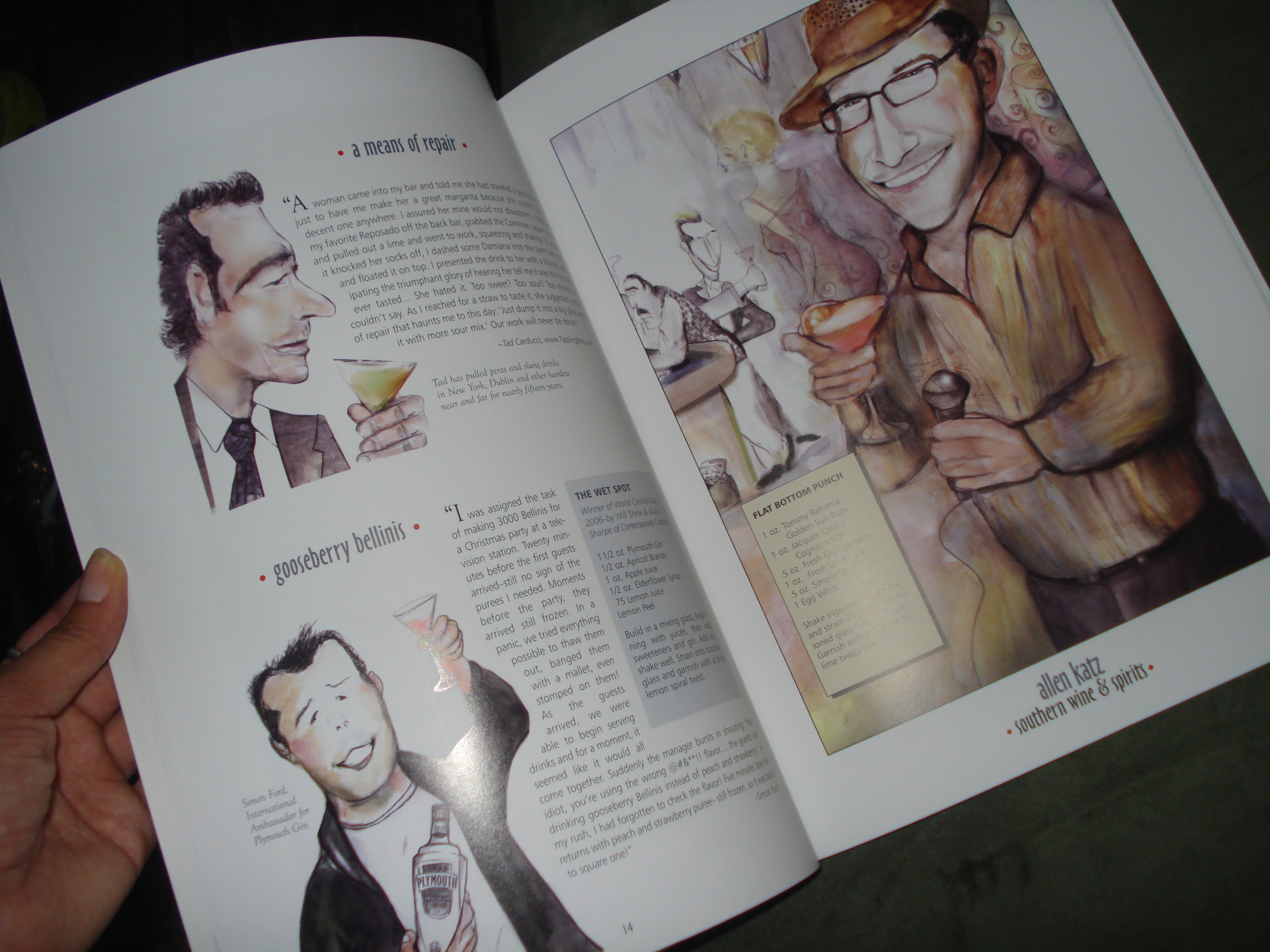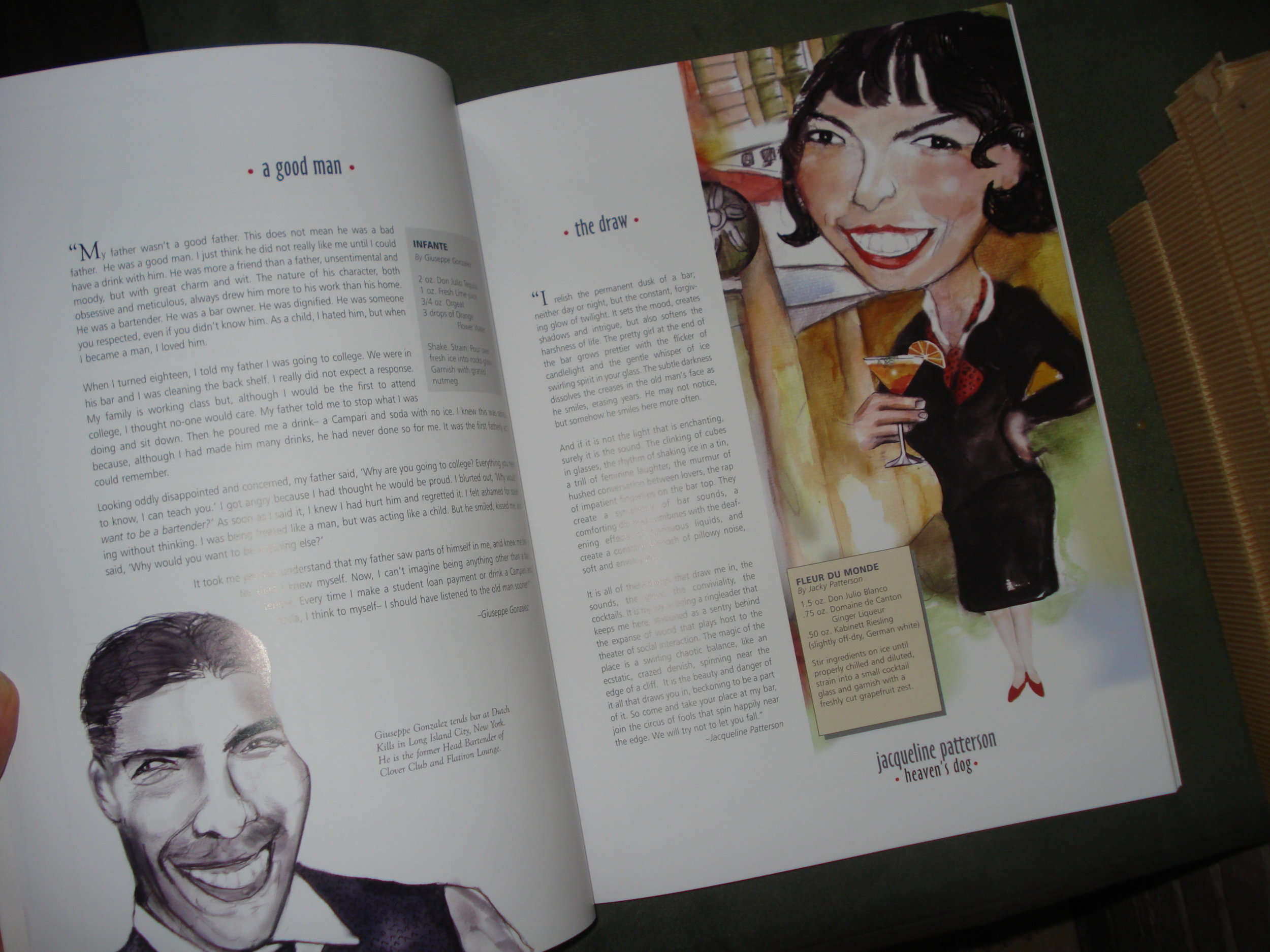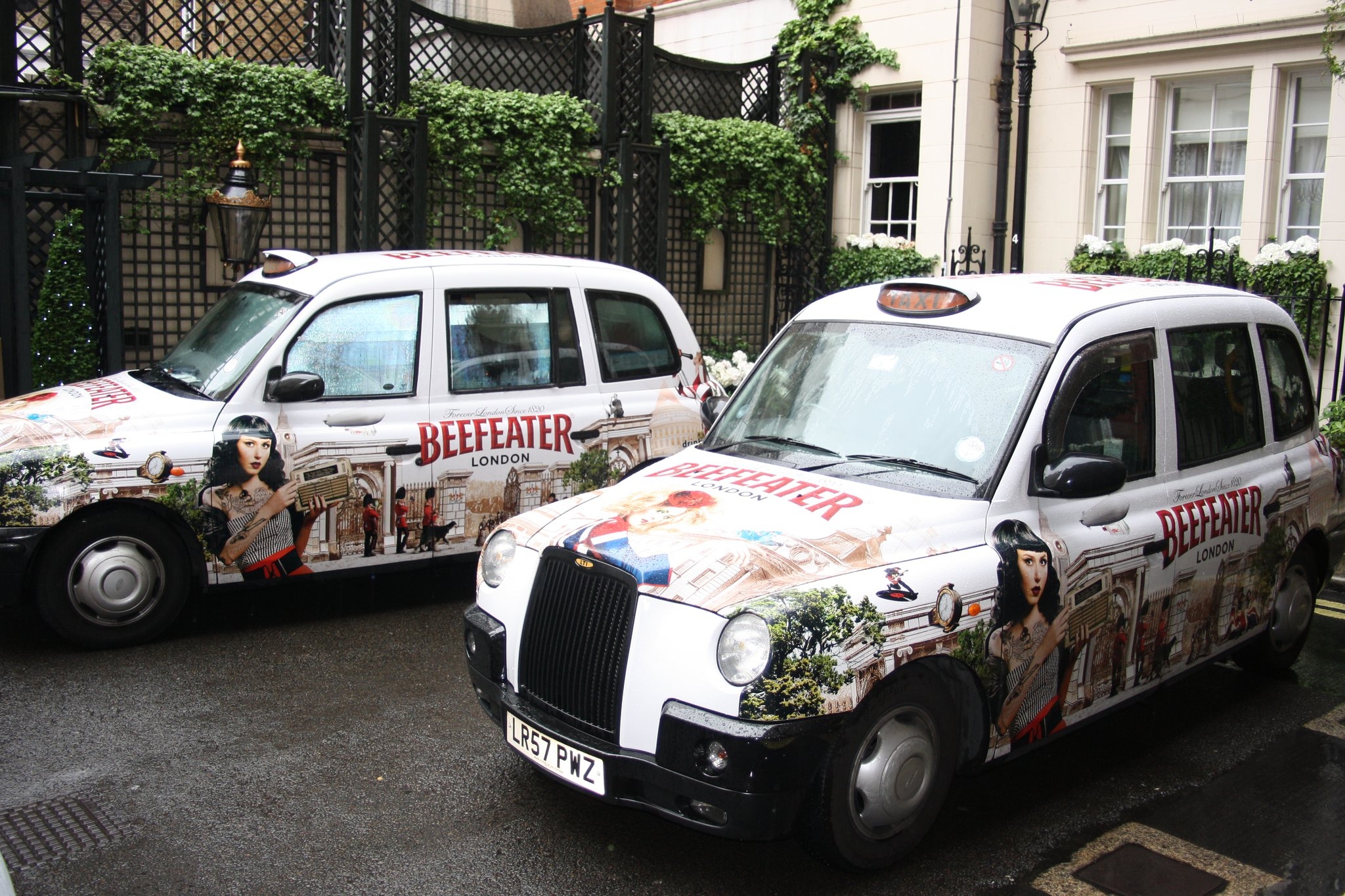 "Of all the gin joints in all the towns in all the world, she walks into mine."--Humphrey Bogart
"Of all the gin joints in all the towns in all the world, she walks into mine."--Humphrey Bogart
London -- the city where gin was both indulged in to the point of near societal ruin and, later, perfected by distilleries as London Dry Gin, is a capital oozing with cocktail history. Recently, I was thrilled to have the opportunity to visit both the Beefeater Gin distillery in Central London and the Plymouth Gin distillery in Plymouth, England.
The trip, organized as "A Tale of Two Cities," provided an in-depth education on the histories and distillation processes of both brands as well as visits to some of London's best bars and cultural institutions. (Disclosure: Travel and accommodations were provided by Access PR and Pernod-Ricard.)
We began the week with a tour of the Beefeater distillery in Lambeth led by Master Distiller Desmond Payne, one of the most experienced distillers in the world, who has been charged with upholding the original 1876 recipe created by founder James Burrough. Of course, if you have been following Beefeater news over the past couple of years, you know that Desmond has branched out the brand a bit with the creation of Beefeater 24, Beefeater Summer and Beefeater Winter--all of which maintain the integrity of the original Beefeater. "Tiny changes can affect the balance of the gin," said Desmond. "This is just a way of keeping interest in the brand."
Desmond showed us the cold storage room where up to two years' supply of juniper berries are kept after being selected from growers in Umbria, Italy. Beefeater purchases roughly 40 tons of juniper each year to supply the 2.3 million cases of gin they produce each year. Desmond said that selecting a consistent supply of juniper is the most important part of his job, and if the crop has a bad year, he has the extra in storage for backup.
Beefeater purchases neutral grain alcohol made from UK wheat at 96.5% ABV. In order to be considered London Dry Gin, nothing can be added to the gin after distillation. What makes Beefeater unique is its 24-hour steeping process. Water and botanicals are added to the copper pot stills first, then the alcohol, and then the mixture steeps for 24 hours before distillation begins. This allows the botanicals to release their full character--Seville orange peel, lemon peel, angelica root, juniper, coriander seed, orris root, almond, liquorice and angelica seed.
Once the gin is distilled (minus the heads and the tails, which Desmond determines), a week's worth of production is then blended and prepared for bottling. Soft purified water is added to reduce the alcohol content to 40% ABV. What is most amazing about Beefeater's production is that other than the bottling process, only five employees work at the distillery.
Following the tour and a blind tasting, we were led to a cozy cocktail bar within the distillery where Dan Warner, Beefeater's Global Brand Ambassador, mixed a dizzying array of cocktails employing Beefeater and Beefeater 24 as the main ingredient. From the Pink Lady to the Ramos Gin Fizz, these were tasty and certainly held our attention. One delicious drink that was new to me and seemed easy to make was the Army & Navy (2 parts gin, .5 part lemon juice and .25 part orgeat syrup).
Later in the week, we embarked on a train journey through the English countryside to Plymouth on the southern coast of England. Famous for being the port where the historic Mayflower took off for the New World in 1620, the town offers much pre-colonial charm to this day. Equally charming was the Black Friars Distillery, home of Plymouth Gin and more than 600 years old.
Established in 1793, Plymouth Gin was imbibed by the British Royal Navy and thanks to the navy's travels around the world, it was widely popular in the 1880s as the cocktail movement took off. "Plymouth Gin is the most listed product in the Savoy cocktail book," said Plymouth's Master Distiller Sean Harrison.
However, the brand suffered several ups and downs over the years due to damage from WWII and changes in ownership. But thanks to the return to classic cocktail recipes in recent years, the brand has enjoyed a resurgence, with New York City representing about a quarter of its market.
Sean explained that Plymouth's neutral grain spirit is chosen for its "buttery" mouthfeel, and distilled in a 155-year-old copper pot still with seven botanicals (juniper, lemon peel, orange peel, orris root, angelica root, cardamom pods and coriander seeds). The water that is blended with Plymouth to reduce its alcohol content is sourced from a nearby granite-based reservoir, giving the gin its distinctive smooth finish. Again, I was impressed to learn that the distillery here has a small staff--just three employees including Sean.
Following our tour and a blind tasting, we each got to distill our very own blend of Plymouth Gin using micro-distillation equipment. I chose a bit too much lemon peel for my botanical mixture, resulting in what I called "Plymonade." I think the best part of the experiment was seeing Sean's reactions as he sampled everyone's results.
The next morning, we took a ride to the Dartmoor Resevoir where the water for Plymouth Gin is sourced. To prove how drinkably soft the water is here, Sean led us to a quiet oasis and made us Pink Gins (gin, water, Angostura Bitters) using water directly from the source.
In Plymouth, we stayed at the elegant St. Elizabeth's House. In London, we stayed at the posh Duke's Hotel and, for our last night, the funky Zetter Townhouse. Fun excursions during the week included a trip to Tony Conigliaro's Drink Factory, a molecular mixology lab where Marcis Dzedelanis showed us high-tech twists on classic cocktails. A rhubarb gimlet was made using gin and a rhubarb cordial made by centrifuging rhubarb puree. We also learned how to carve ice into the shape of a horse's head at the Below Zero Ice Bar--although some in the group made carvings that looked more alien-like. We were even treated to the Ceremony of Keys at the Tower of London.
Nighttime bar crawls included visits to the newly-opened Worship Street Whistling Shop, which features its own lab for techniques such as sous vide, rotary evaporation and barrel aging to produce off-the-wall ingredients such as chlorophyll bitters and walnut "ketchup" (port wine, green walnut, chocolate, saffron and spice). With a Victorian decor transplanted into the 21st century, the vibe here was refreshingly unpretentious, despite the meticulously-executed drink program.
Other highlights included The American Bar at The Savoy Hotel, where legendary bartenders Ada "Coley" Coleman and Harry Craddock, author of The Savoy Cocktail Book, once stood behind the stick, and The Connaught Hotel Bar, which won Best Hotel Bar in the World at the 2010 Tales of the Cocktail. I couldn't get over how fast the bartender at the Connaught made drinks, all while maintaining poise and a sense of class not often seen stateside. Add to that the Connaught's impeccable interior design and a tableside martini trolley, and drinking here was definitely a highlight of the trip.
If you can't make the trip to London, do yourself a solid and try some of the cocktail recipes at ginandtales.com. Then you too, can be #ginning at life!


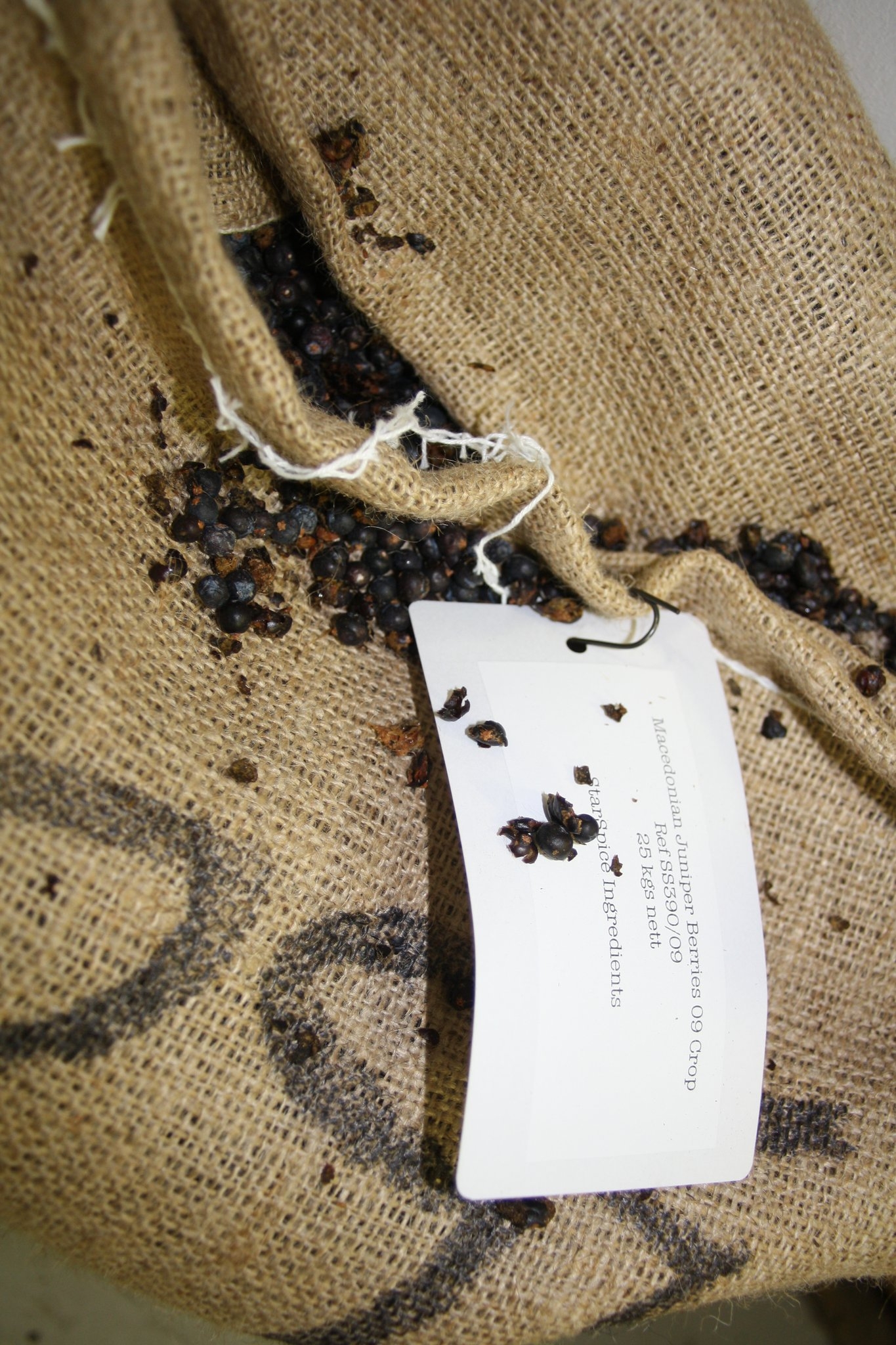







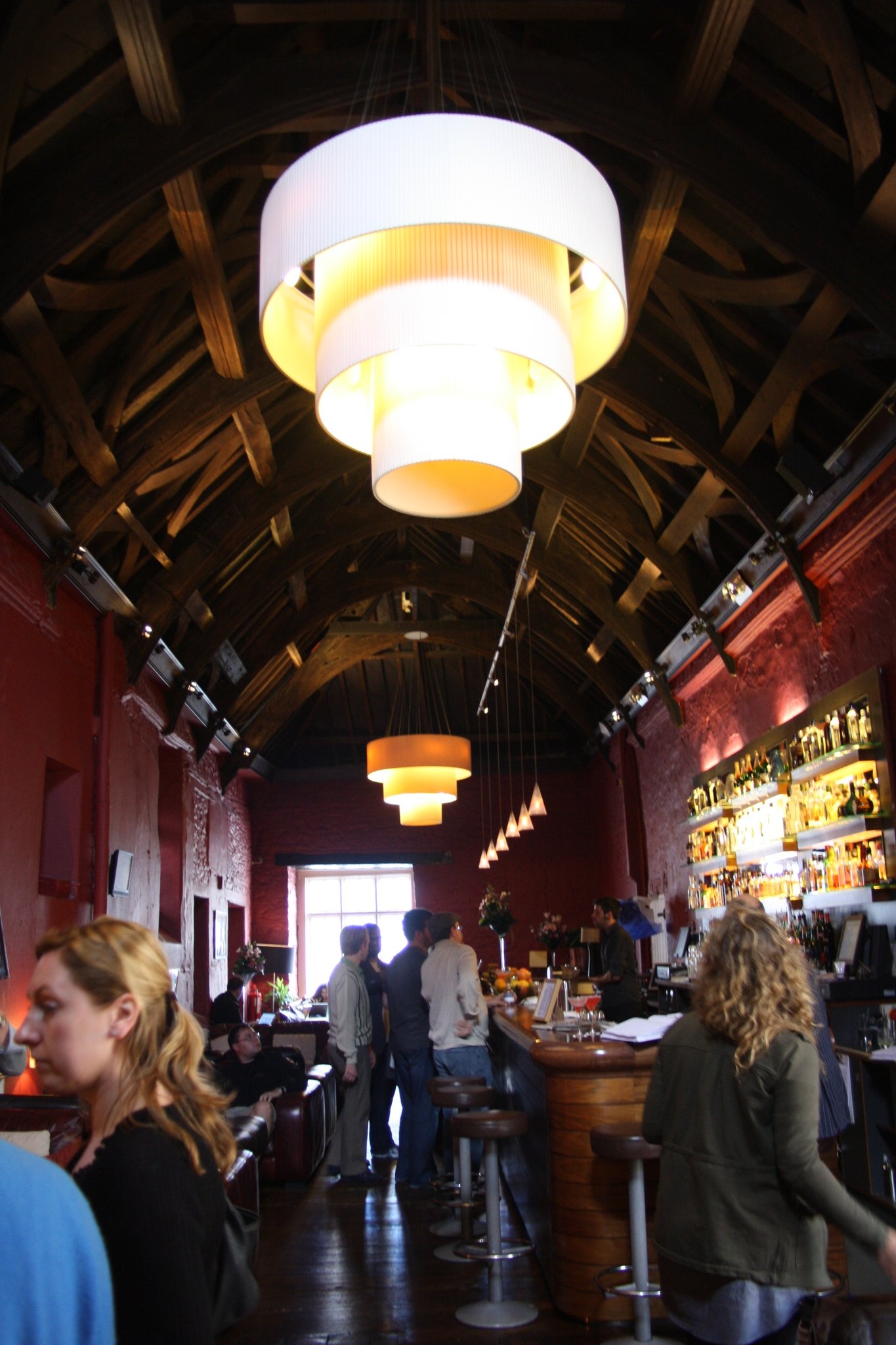
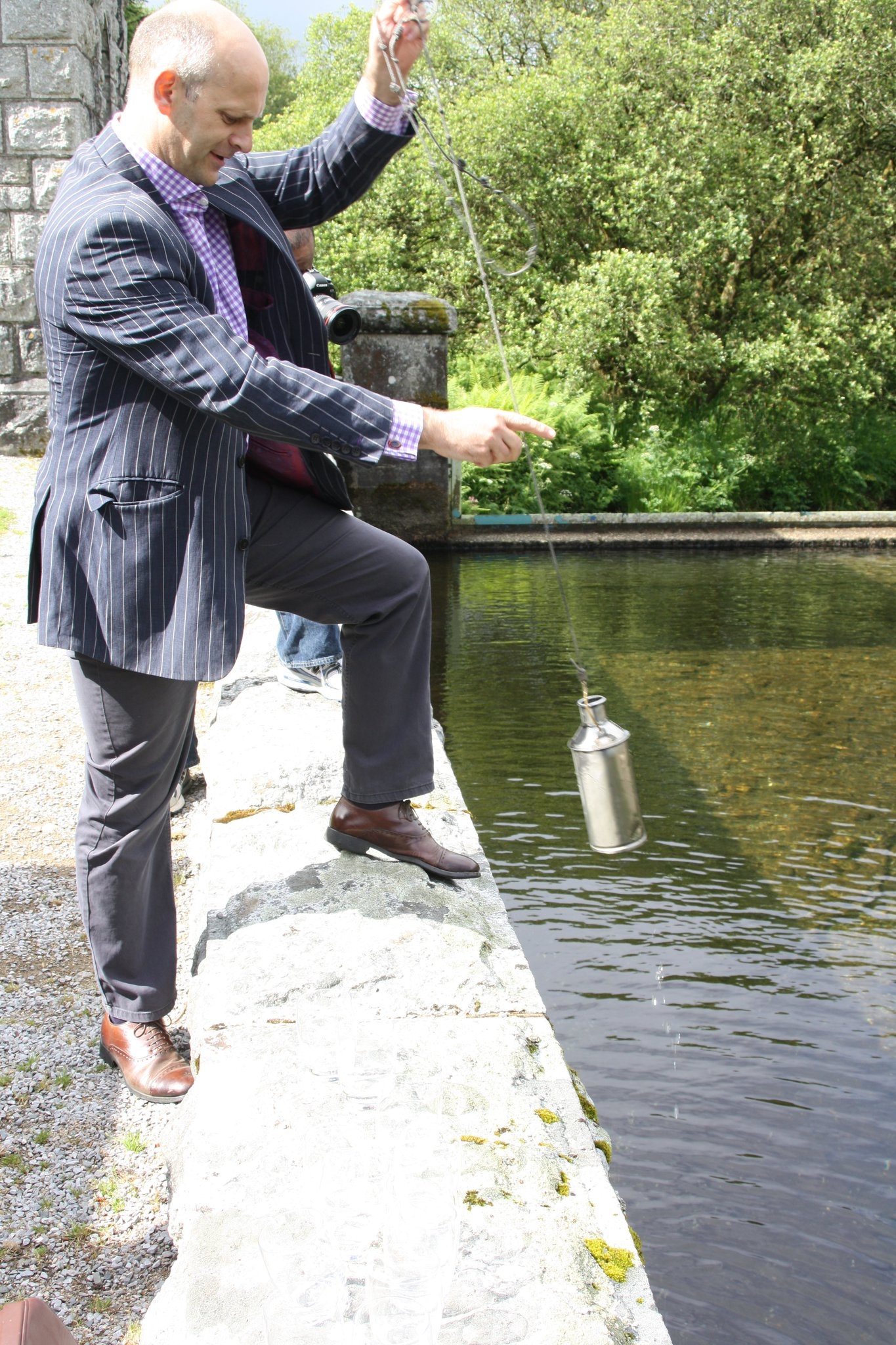
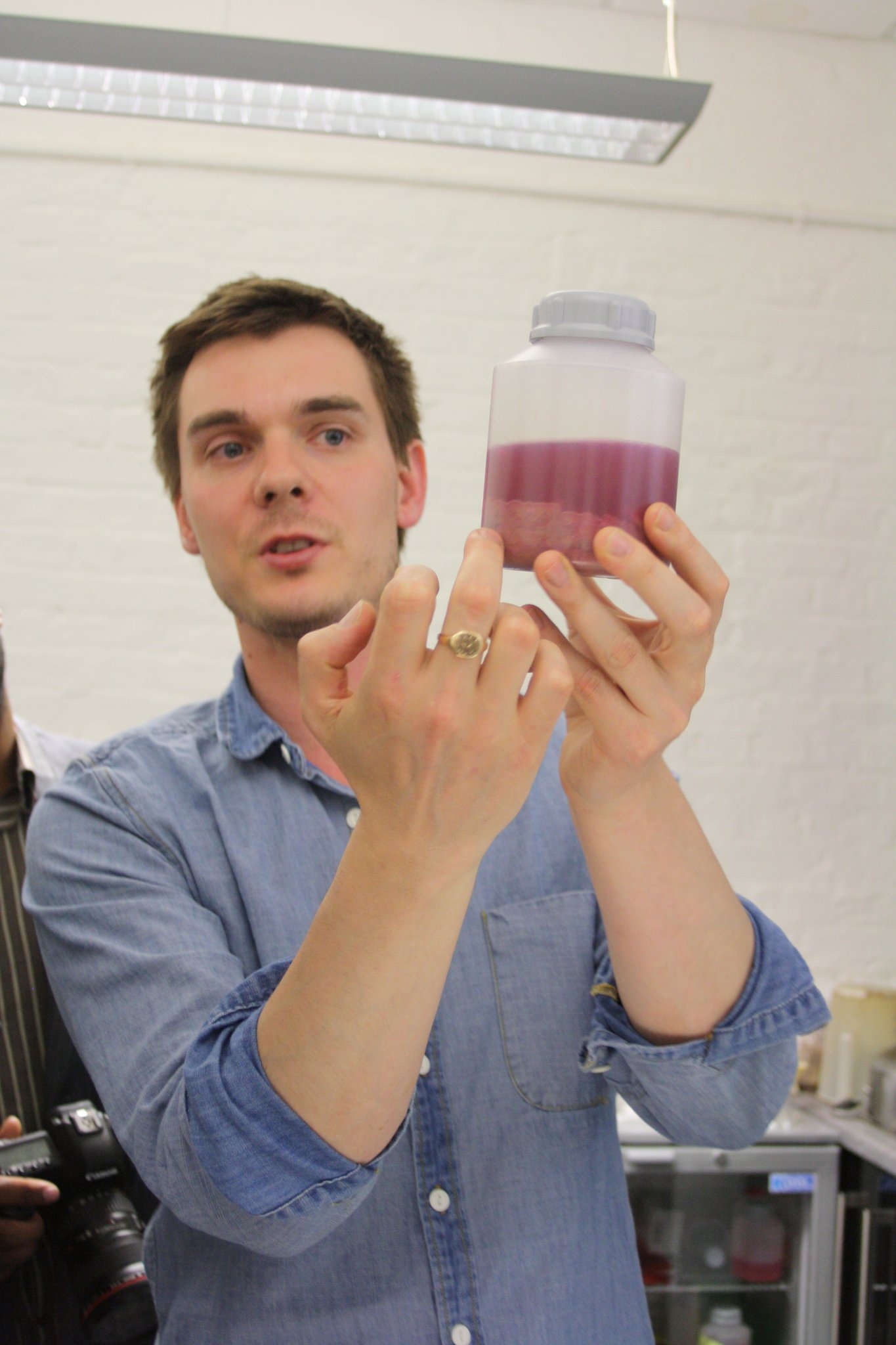


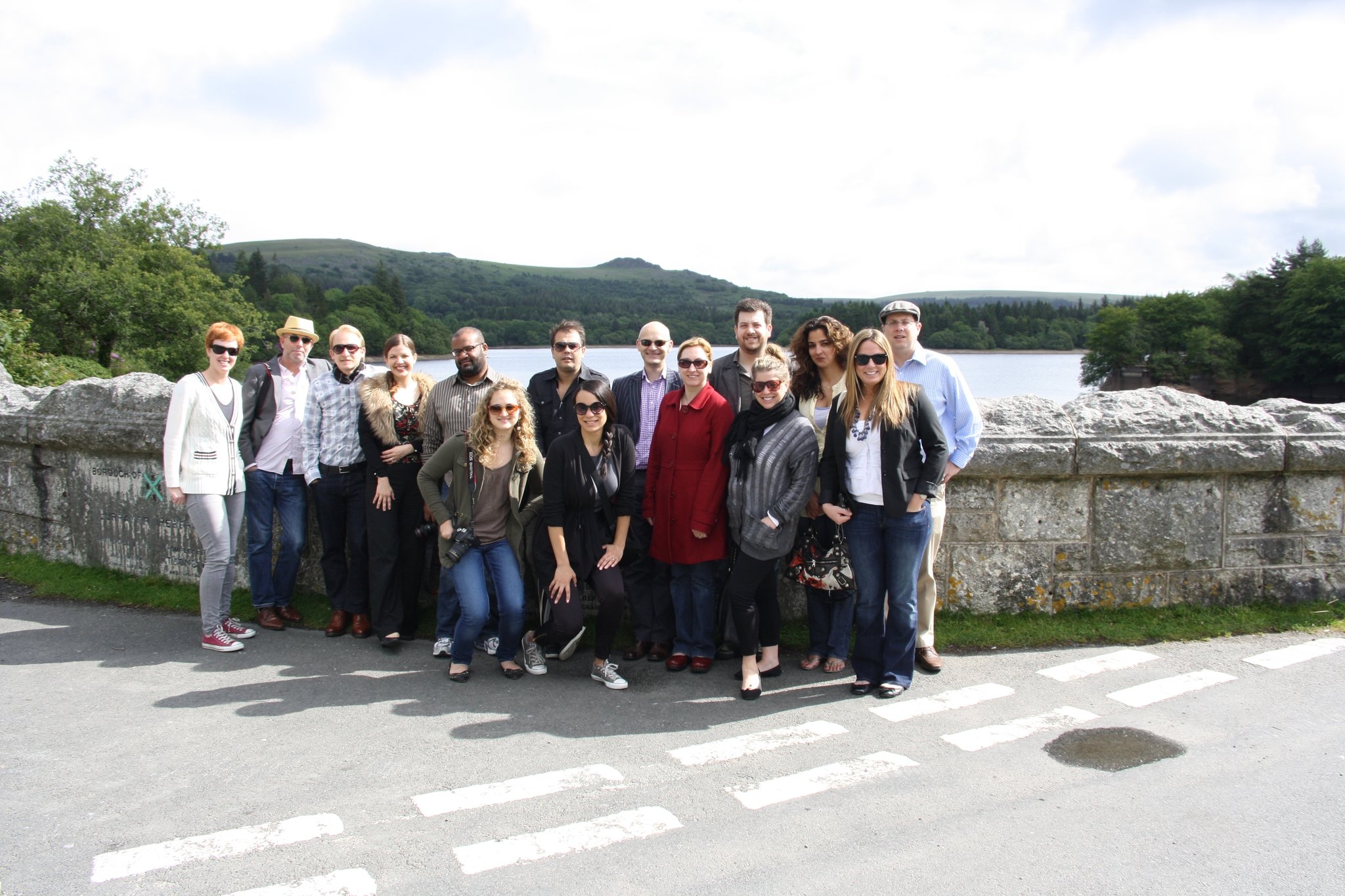

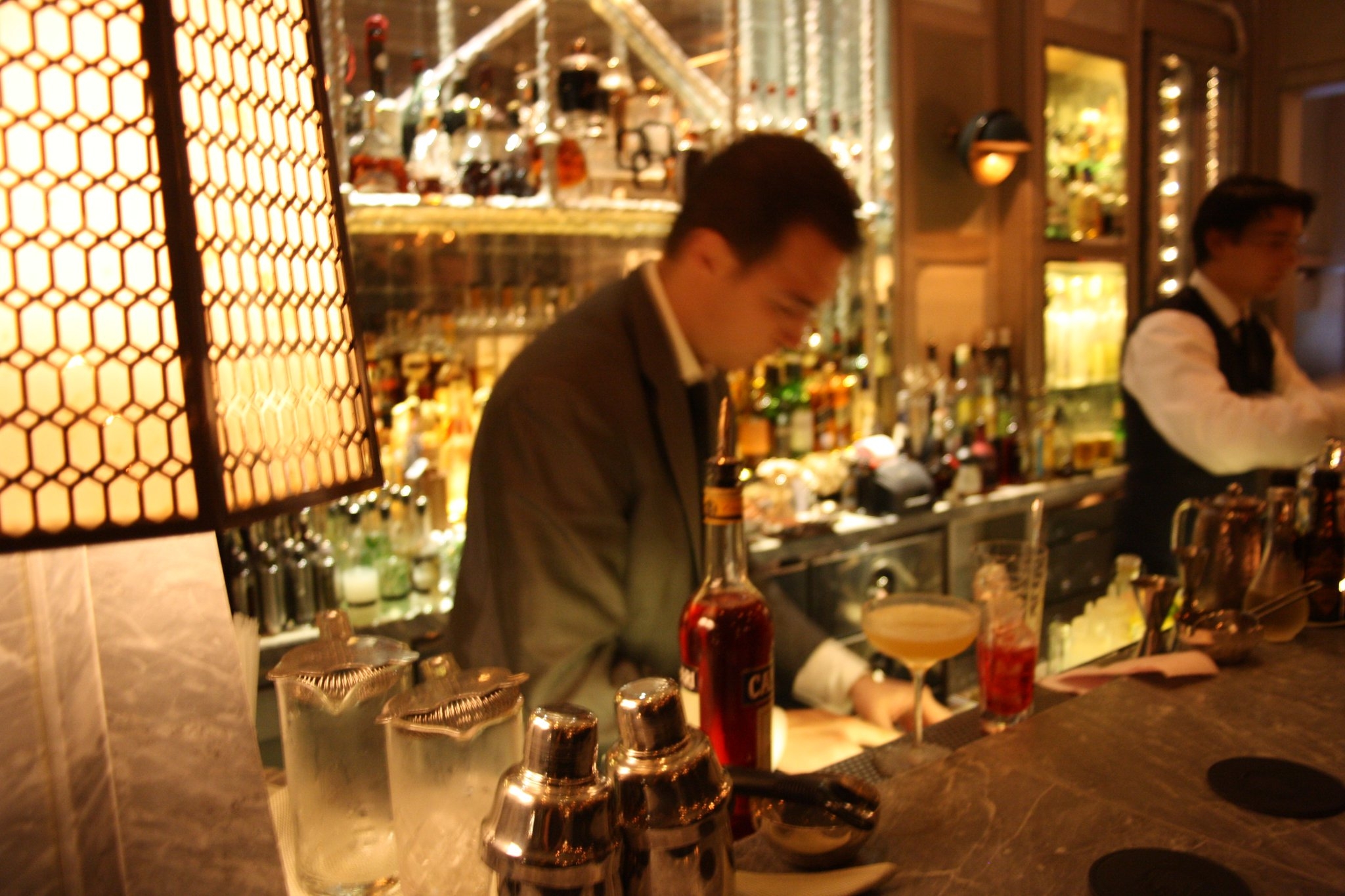
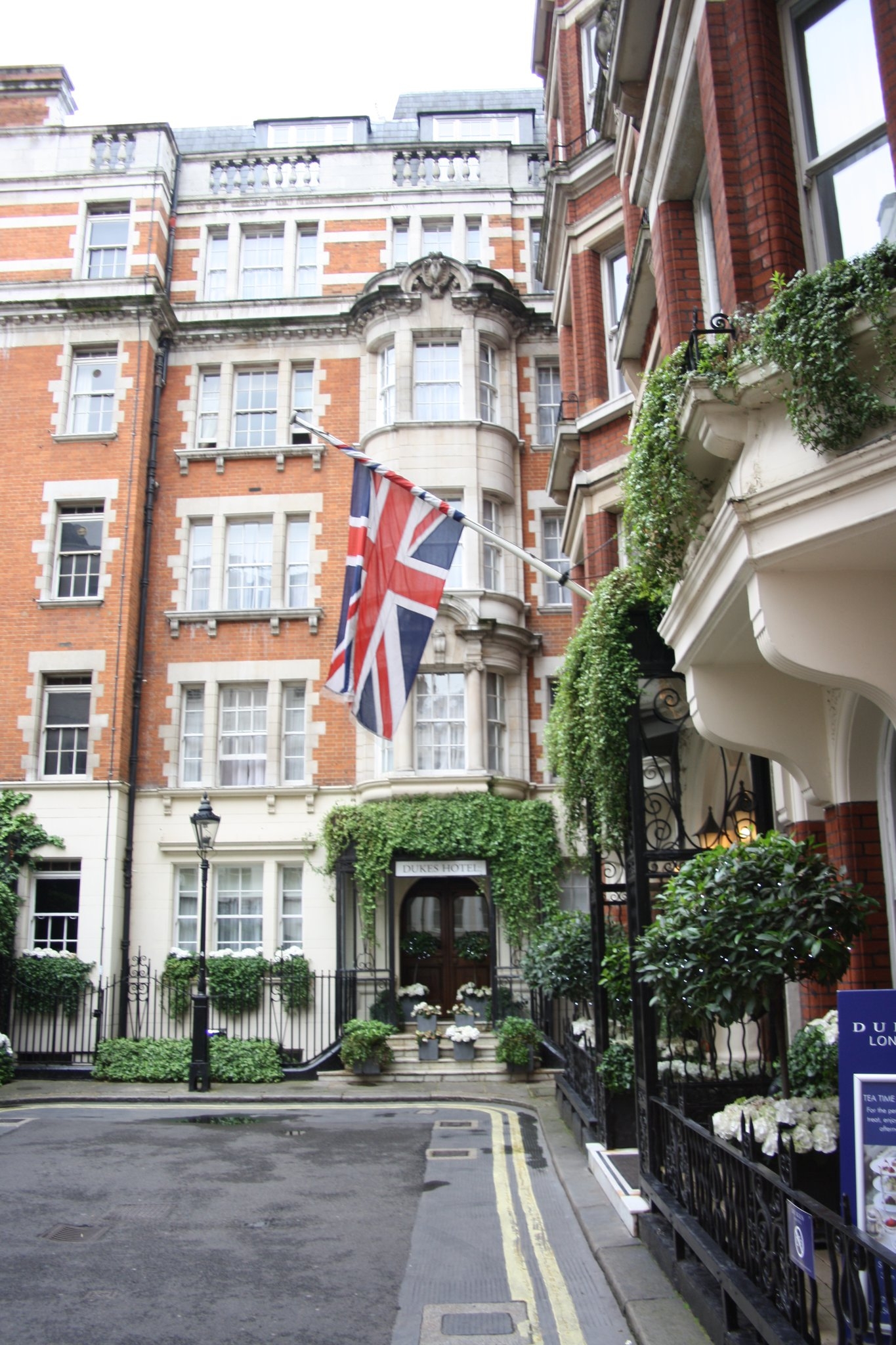





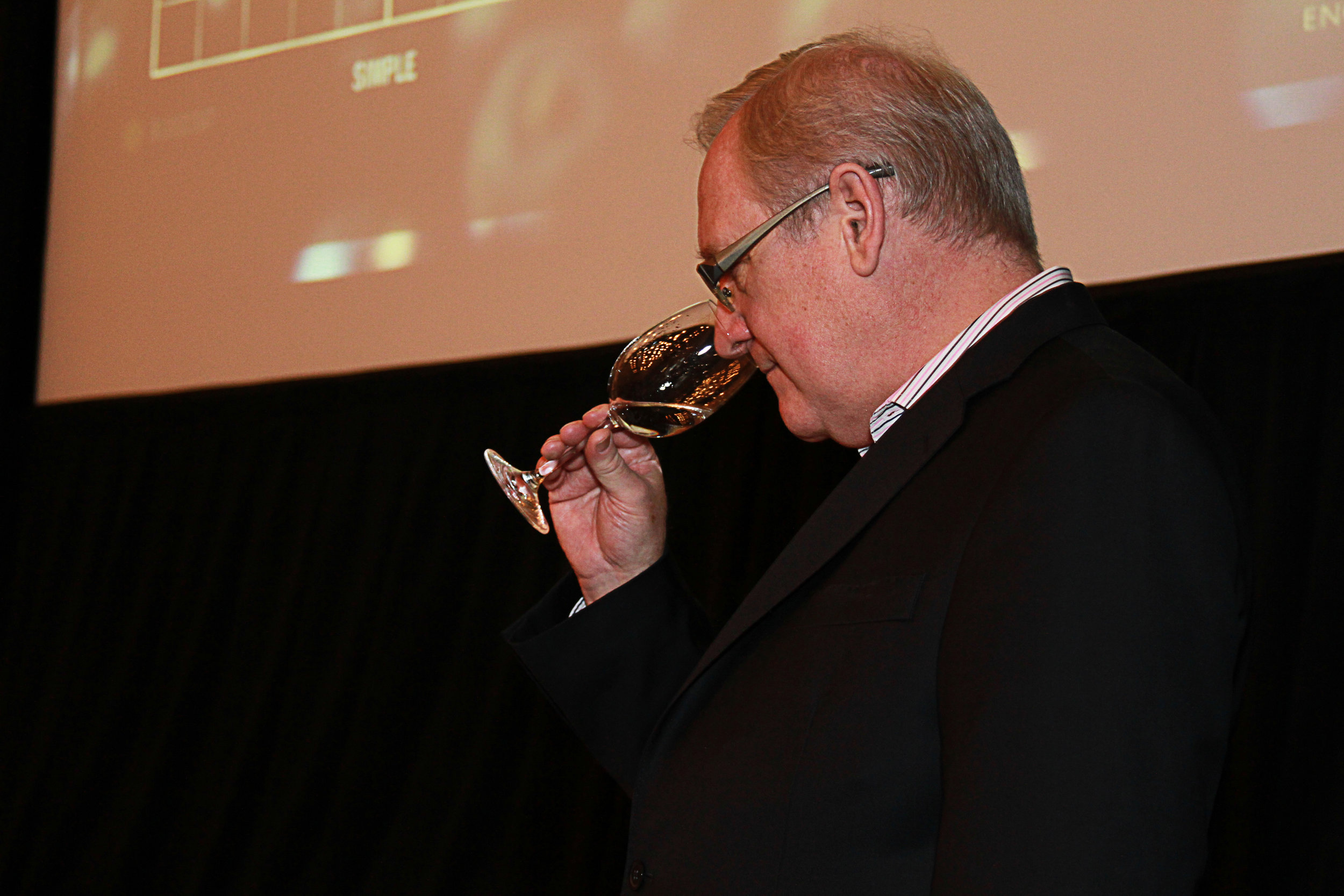
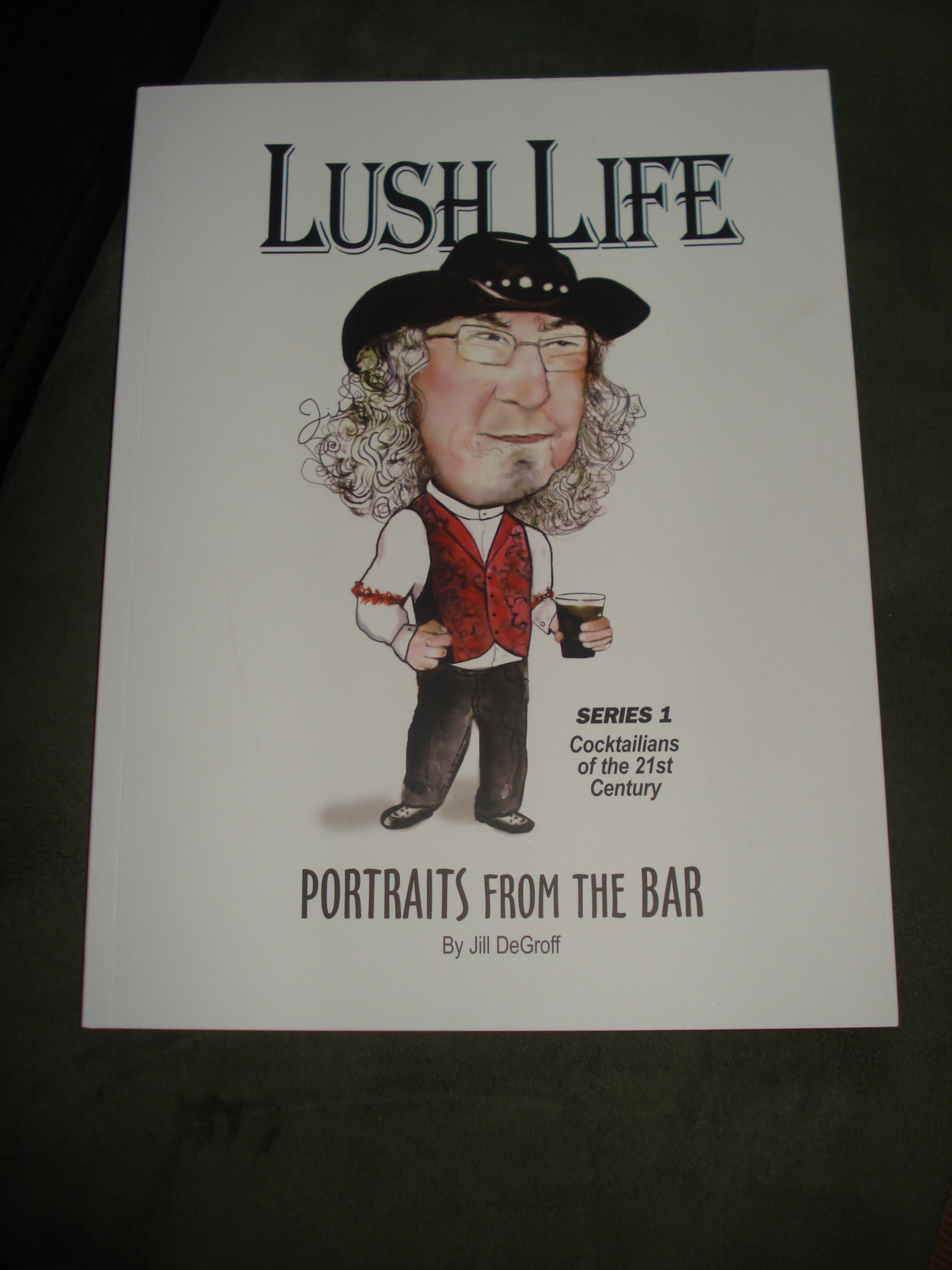 "Martinis are like breasts: one's not enough, and three's too many--and four's a party."--Simon Ford
"Martinis are like breasts: one's not enough, and three's too many--and four's a party."--Simon Ford